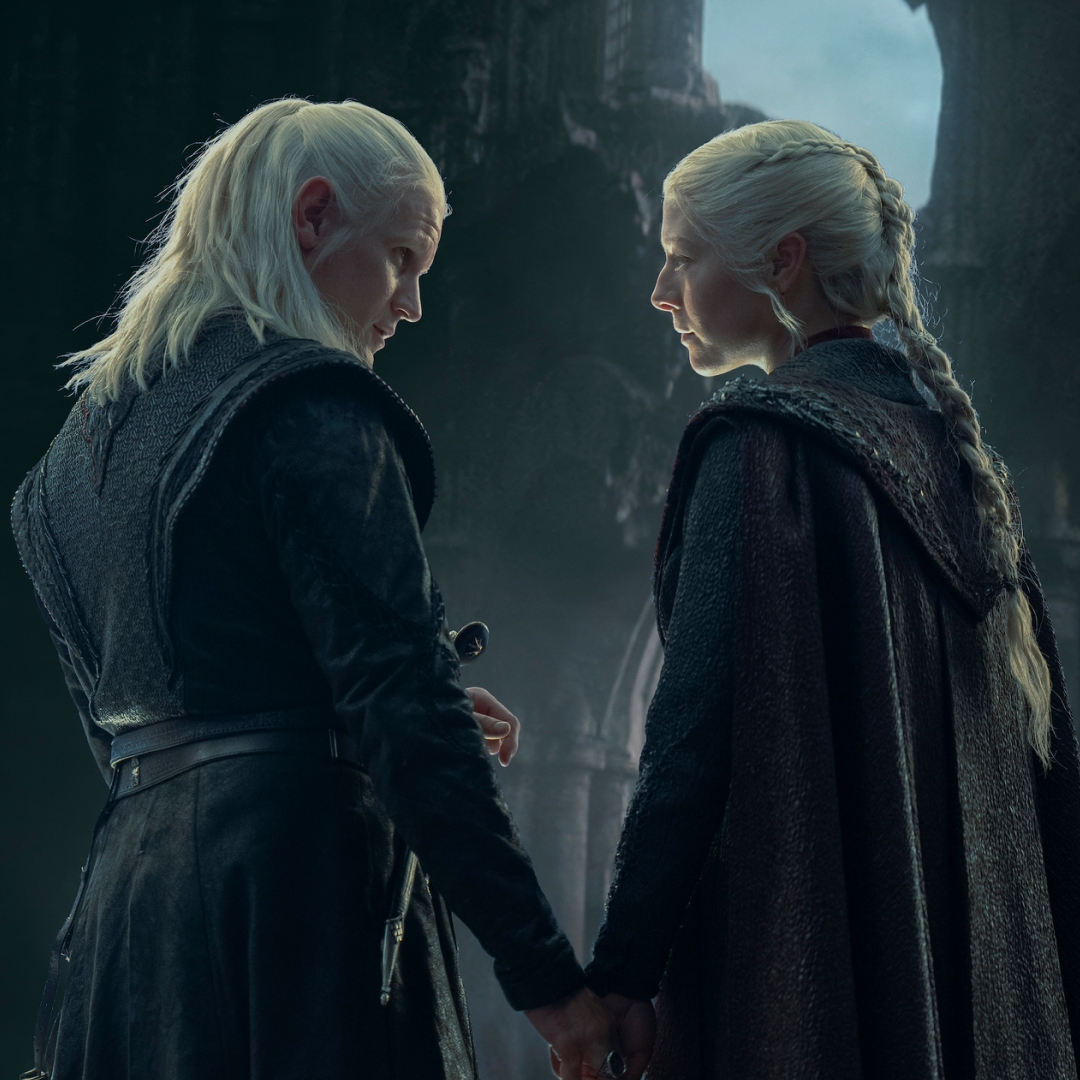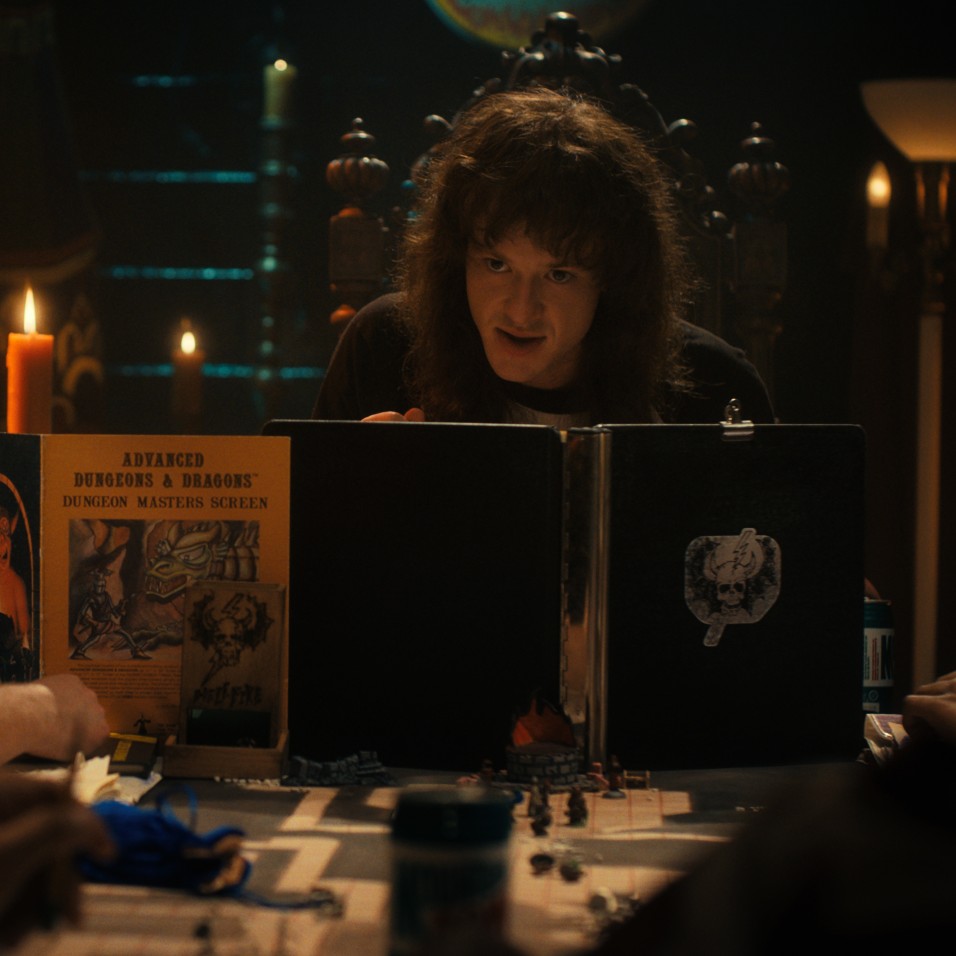Game of Thrones
Read up on Game Of Thrones with Marie Claire with reviews, analysis, actor insights and all the news you need to keep up to date and informed.
-

Sophie Turner Says She Was "Widely Misquoted" After Discussing Being a Single Mother
"I applaud single mothers doing it alone."
By Amy Mackelden Published
-
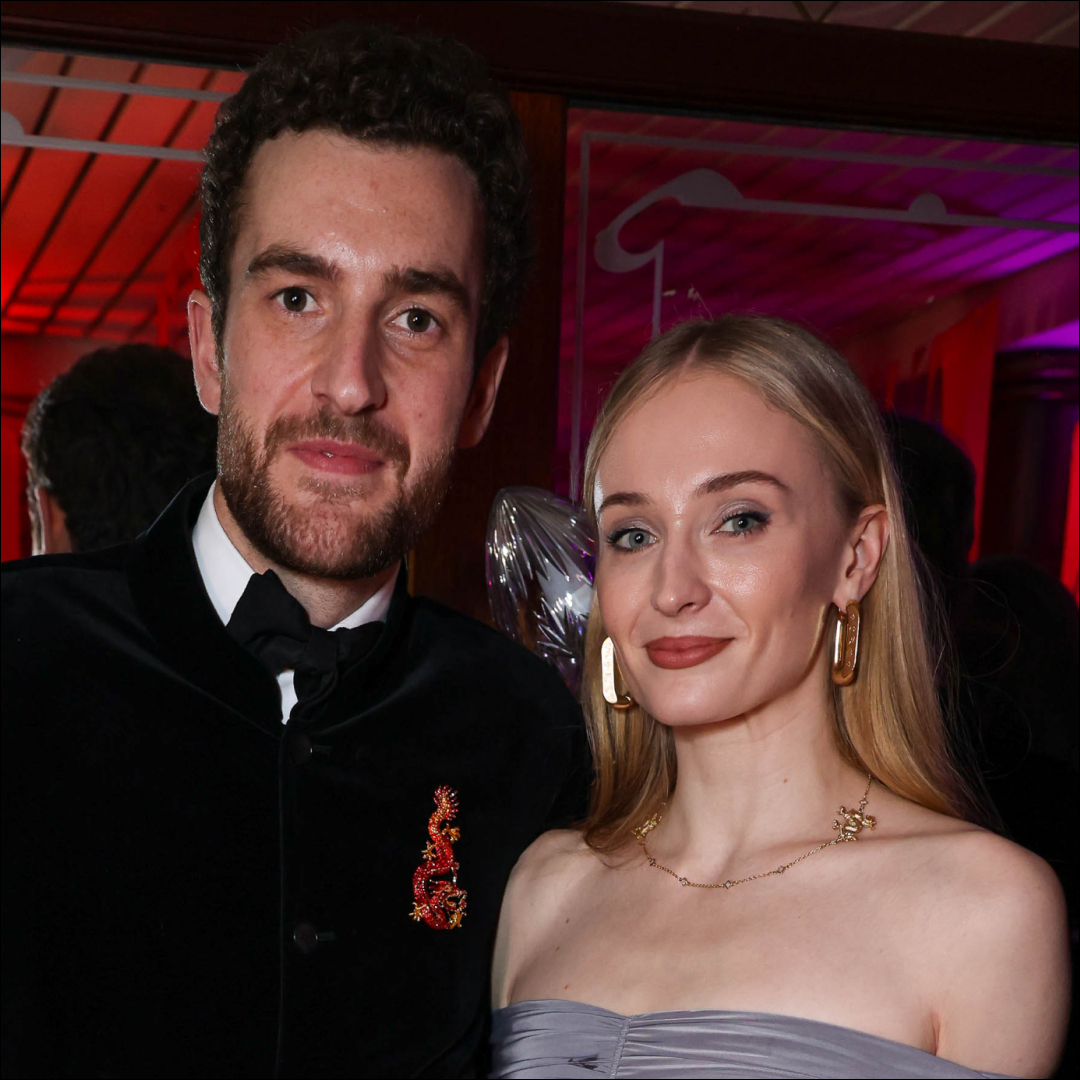
Sophie Turner Just Went Instagram Official With Peregrine Pearson After Joe Jonas Divorce
The actress shared some sweet snaps of her new boyfriend days after finalizing her divorce.
By Amy Mackelden Published
-

Your Guide to Where Every 'House of the Dragon' Character's Allegiance Falls in The Greens vs. The Blacks
Features The Dance of the Dragon has begun, and the Targaryens are choosing sides.
By Quinci LeGardye Last updated
Features -

Meet the Dragonseeds Who Will Change the Tide of the War in 'House of the Dragon'
We're breaking down the bastards with Valyrian blood—and how they could influence the future of the show.
By Quinci LeGardye Last updated
-
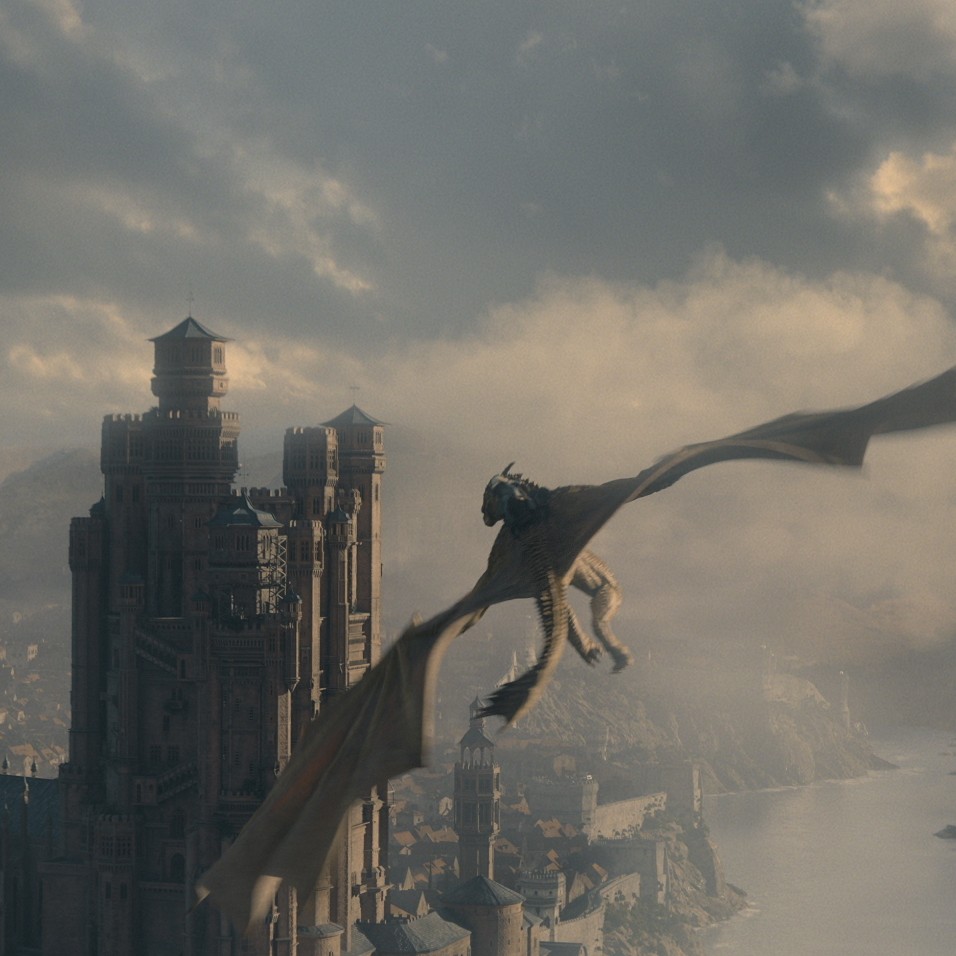
A Guide to All the Dragons in HBO's 'House of the Dragon' and Their Targaryen Allegiance
Features There are so many more in 'House of the Dragon' than Daenerys' three.
By Quinci LeGardye Last updated
Features -
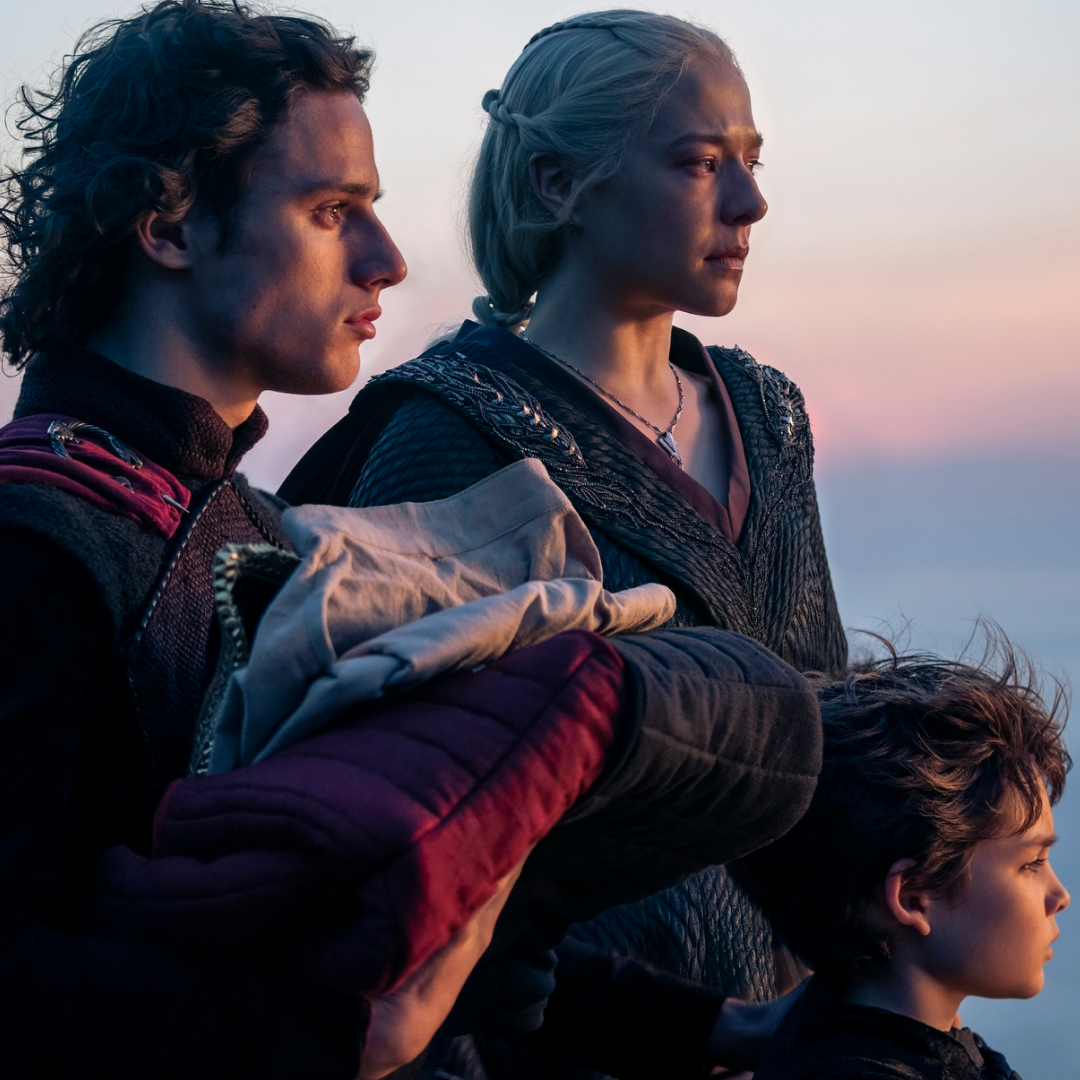
As You Watch ‘House of the Dragon’ Season 2, Let Our Targaryen Family Tree Be Your Helpful Guide
Features There are a lot of Aegons and Viseryi to keep track of.
By Quinci LeGardye Last updated
Features -
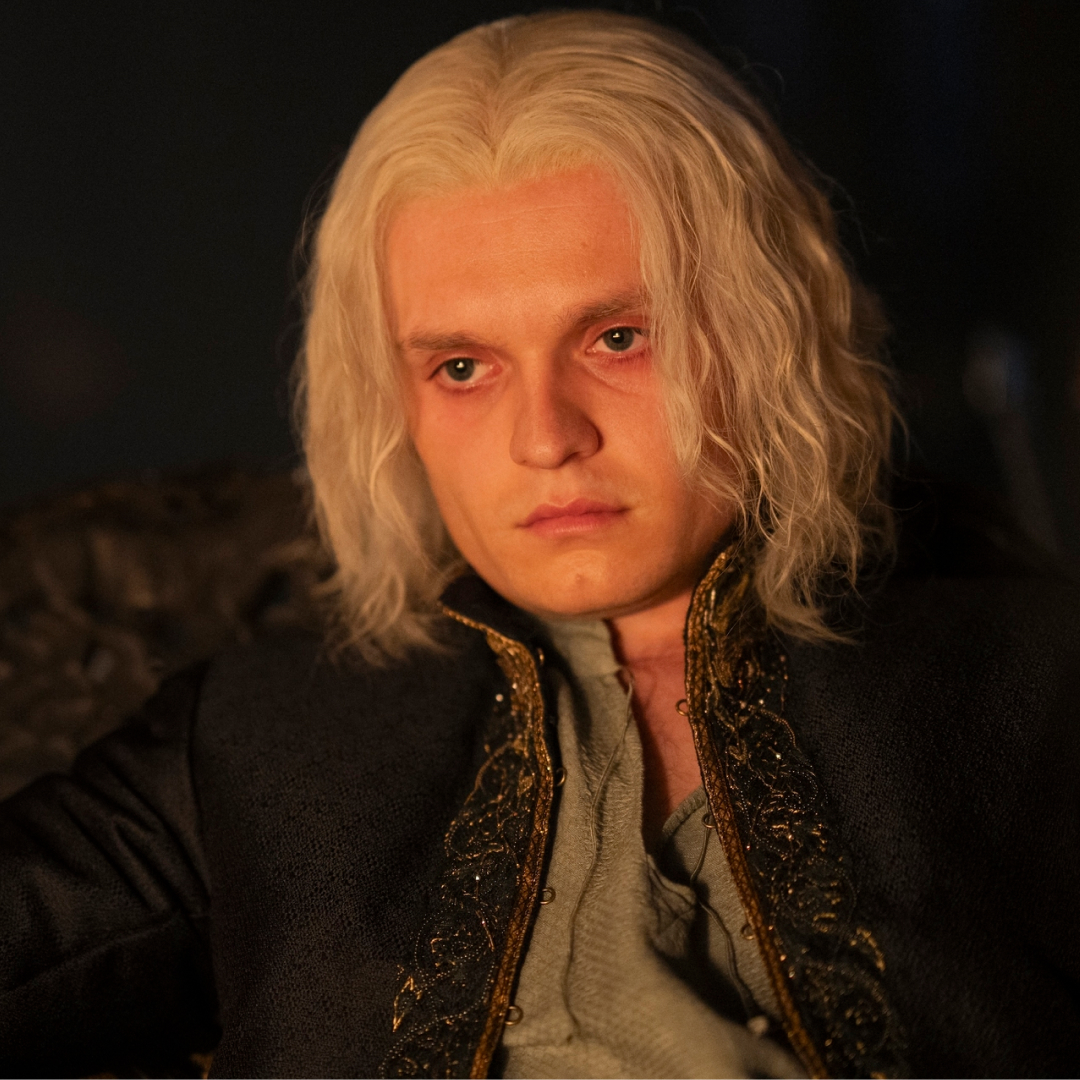
'House of the Dragon' Just Featured Its Most Shocking Bloodshed Yet—Here's What It Means Going Forward
We're breaking down *that* death, including what happens in George R. R. Martin's 'Fire and Blood.'
By Quinci LeGardye Published
-
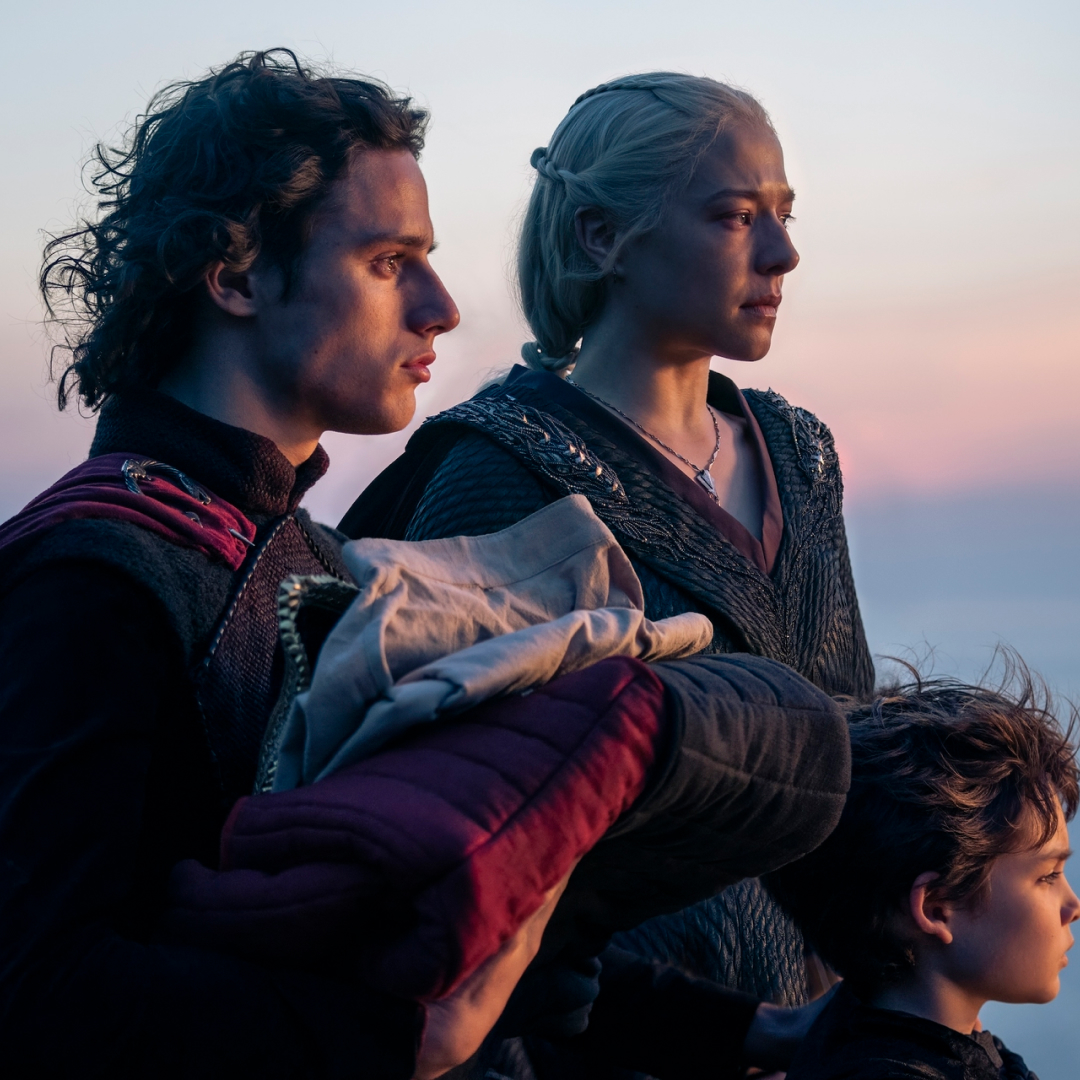
All Your Questions About the 'House of the Dragon' Season 2 Premiere, Answered
The 'Game of Thrones' prequel returned with one of the franchise's most brutal scenes ever.
By Quinci LeGardye Published
-
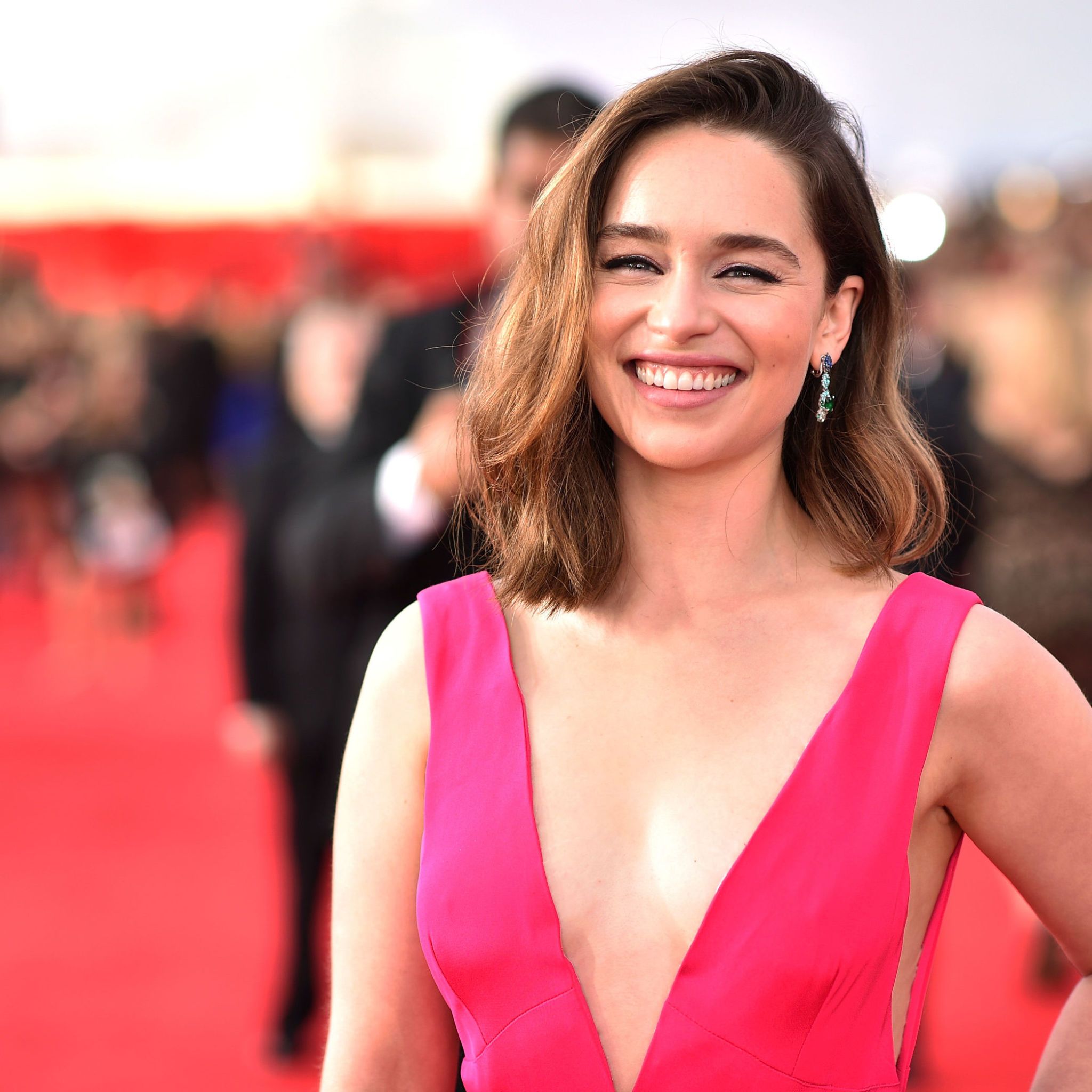
Emilia Clarke Was Scared She'd Be "Fired" From 'Game of Thrones' Over Brain Injuries
Heartbreaking.
By Iris Goldsztajn Published
-

A Brutal War Is on the Horizon in the Official 'House of the Dragon' Season 2 Trailer
The 'Game of Thrones' spinoff returns this June.
By Quinci LeGardye Last updated
-
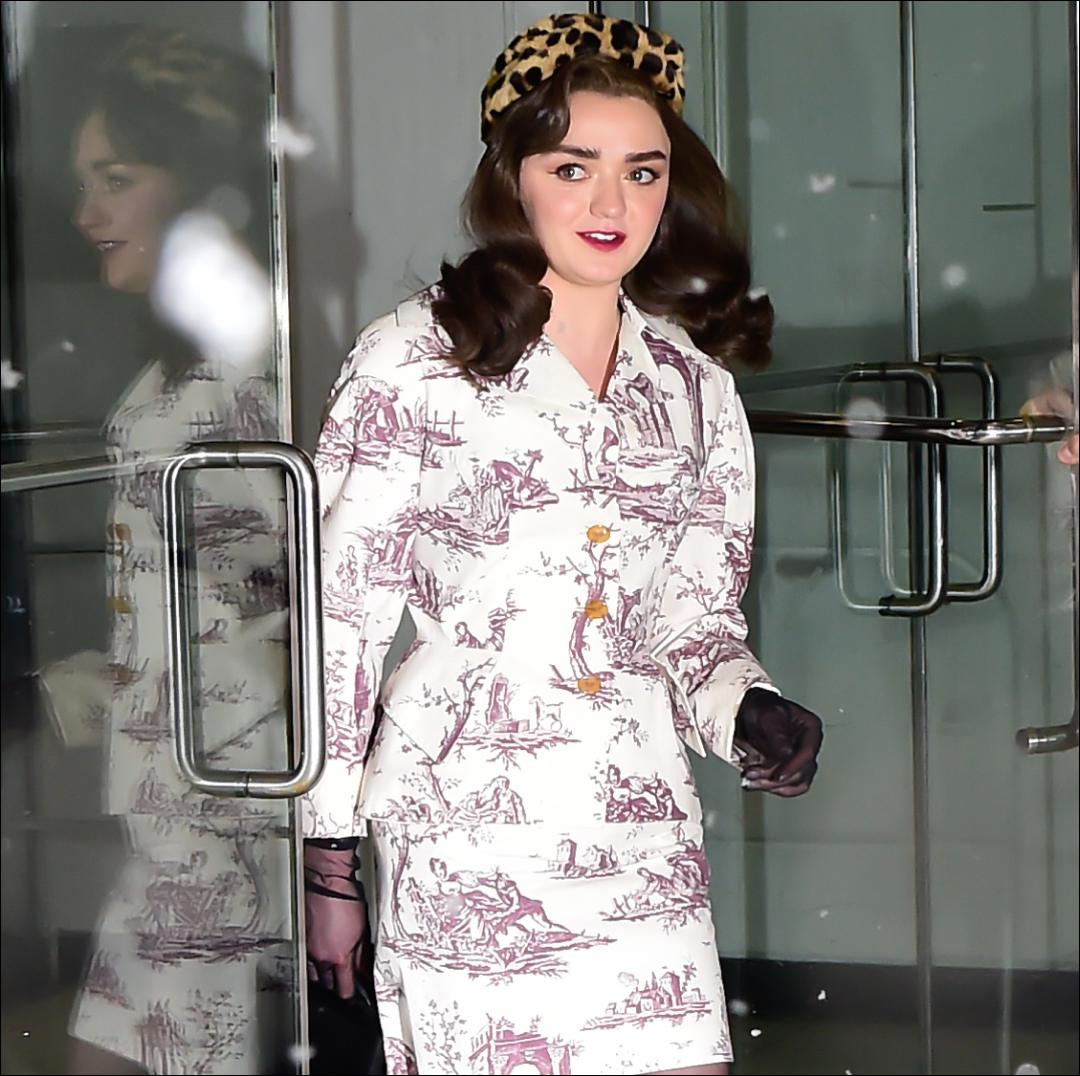
Maisie Williams Got Real About Why 'Game of Thrones' Made Her Feel "Lost"
"It's hard to even put myself back there and talk about how tough it was."
By Meghan De Maria Published
-

How 'Game of Thrones' Season 3 Spoils The Ending of 'House of the Dragon'
Be careful before you dive into a rewatch.
By Quinci LeGardye Published
-
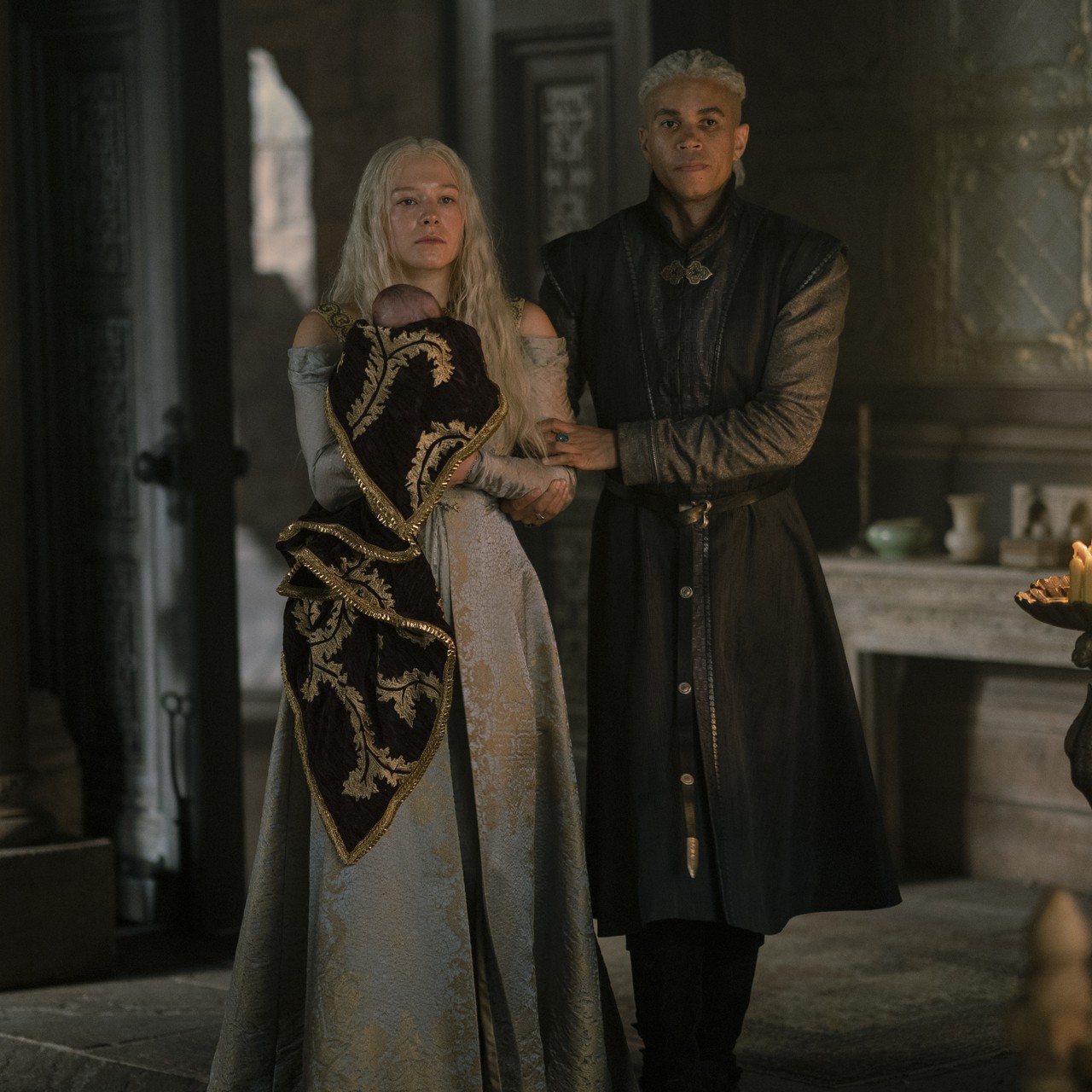
The 'House of the Dragon' Timeline and Time Jumps, Explained
Features A summary of the 19 years that have passed between Episode 1 and Episode 9.
By Quinci LeGardye Last updated
Features -
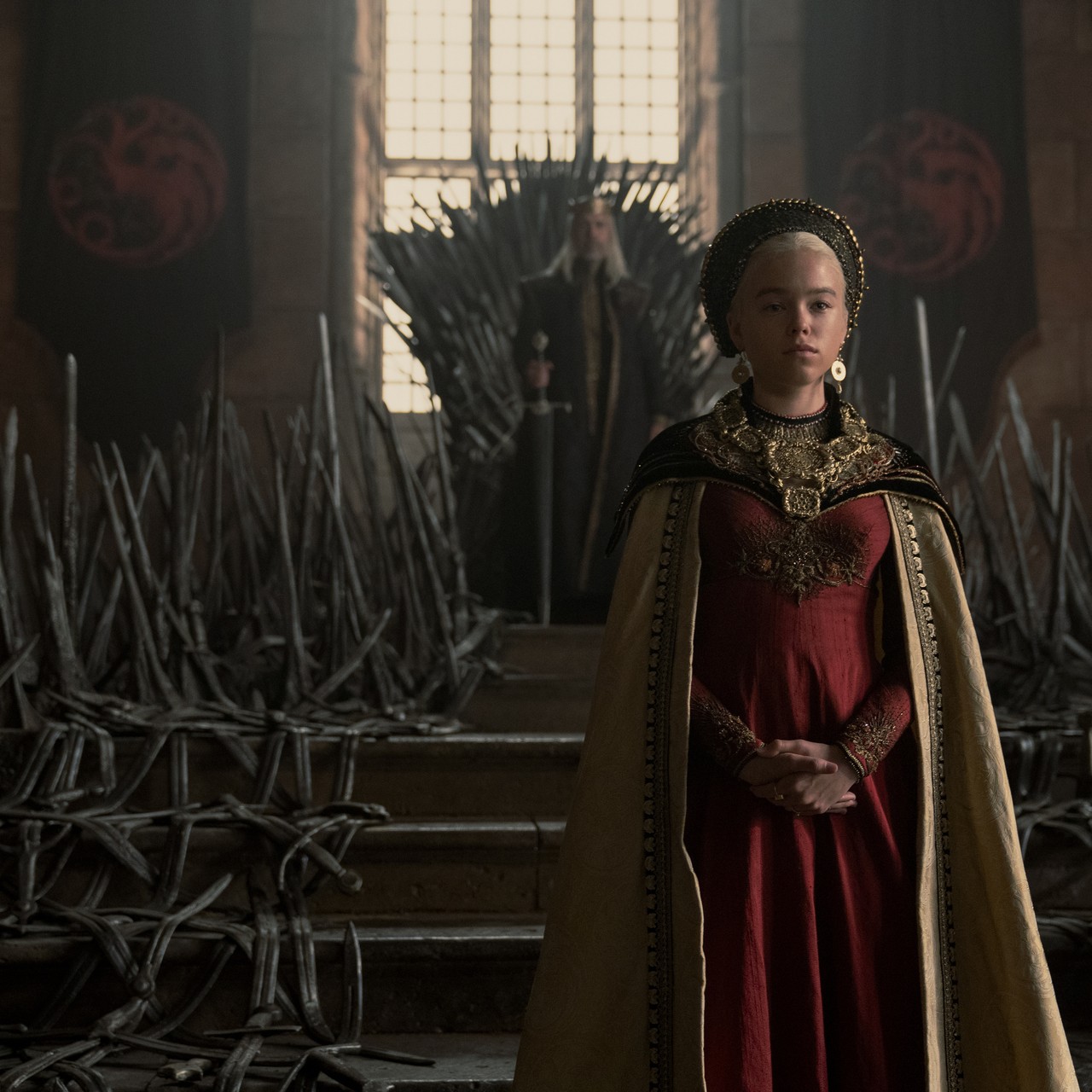
The Cast of 'House of the Dragon': Your Guide
Features The cast is brimming with talented actors, from industry veterans to newcomers.
By Quinci LeGardye Published
Features -
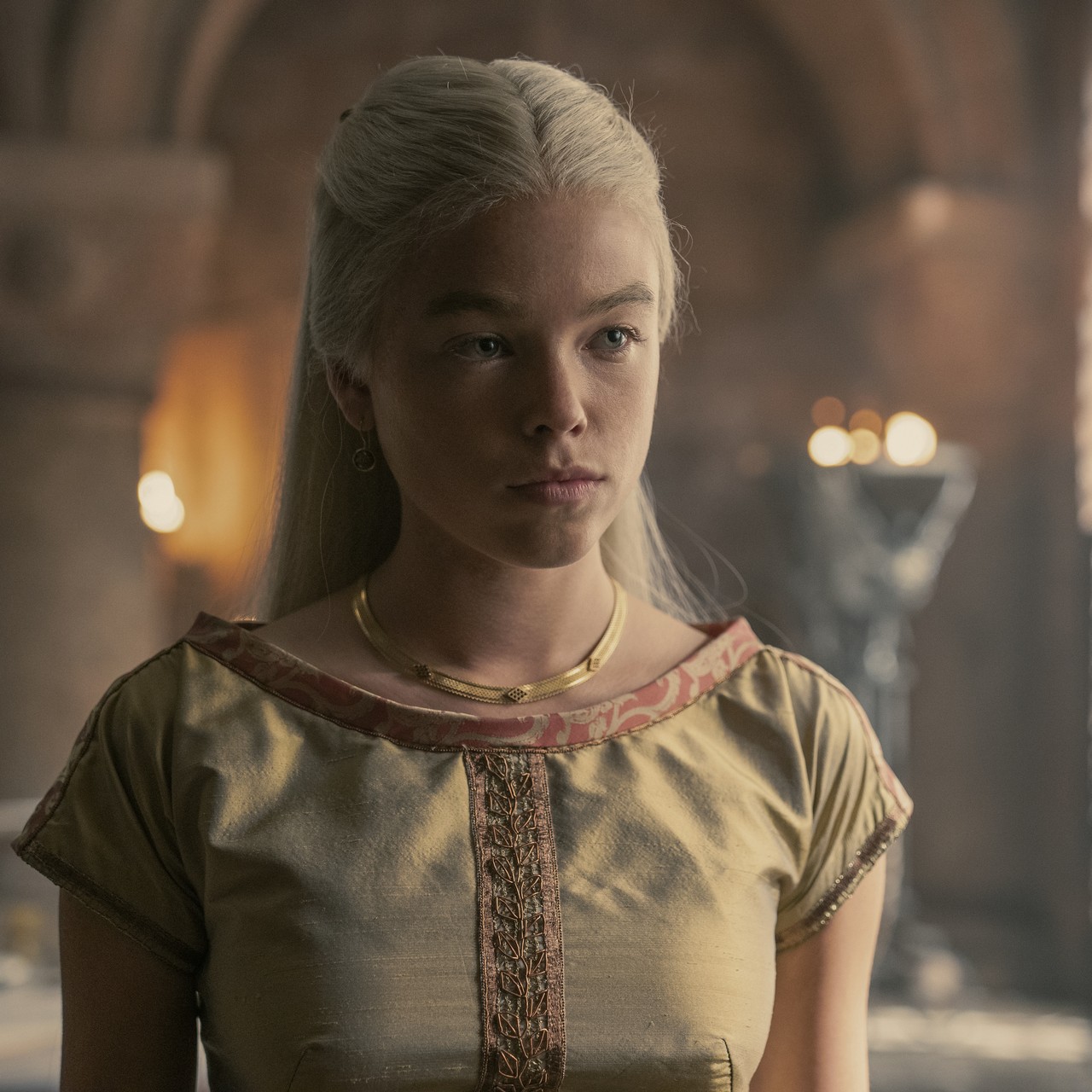
Who Is Milly Alcock, a.k.a. Young Rhaenyra Targaryen in 'House of the Dragon'?
Features The 22-year-old actress has received acclaim for her role as young Rhaenyra.
By Quinci LeGardye Last updated
Features -

Who Is Nanna Blondell, a.k.a. Laena Velaryon in 'House of the Dragon'?
Features Meet the actress behind the dragon-rider, who became an instant fan favorite in Episode 6.
By Quinci LeGardye Published
Features -
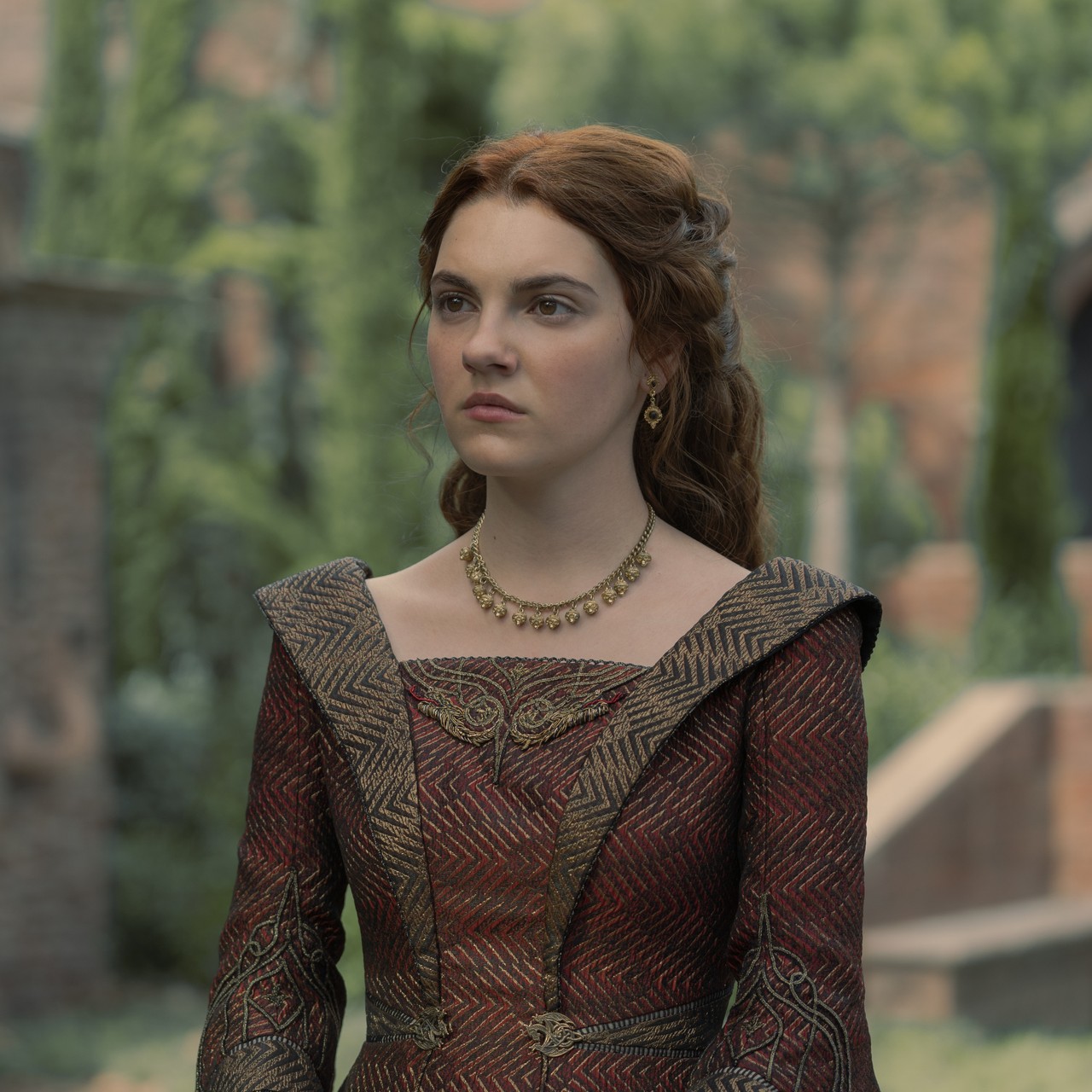
Who Is Emily Carey a.k.a. Young Alicent Hightower in 'House of the Dragon'?
Features You'll likely have seen Carey in another high-profile role.
By Quinci LeGardye Published
Features -
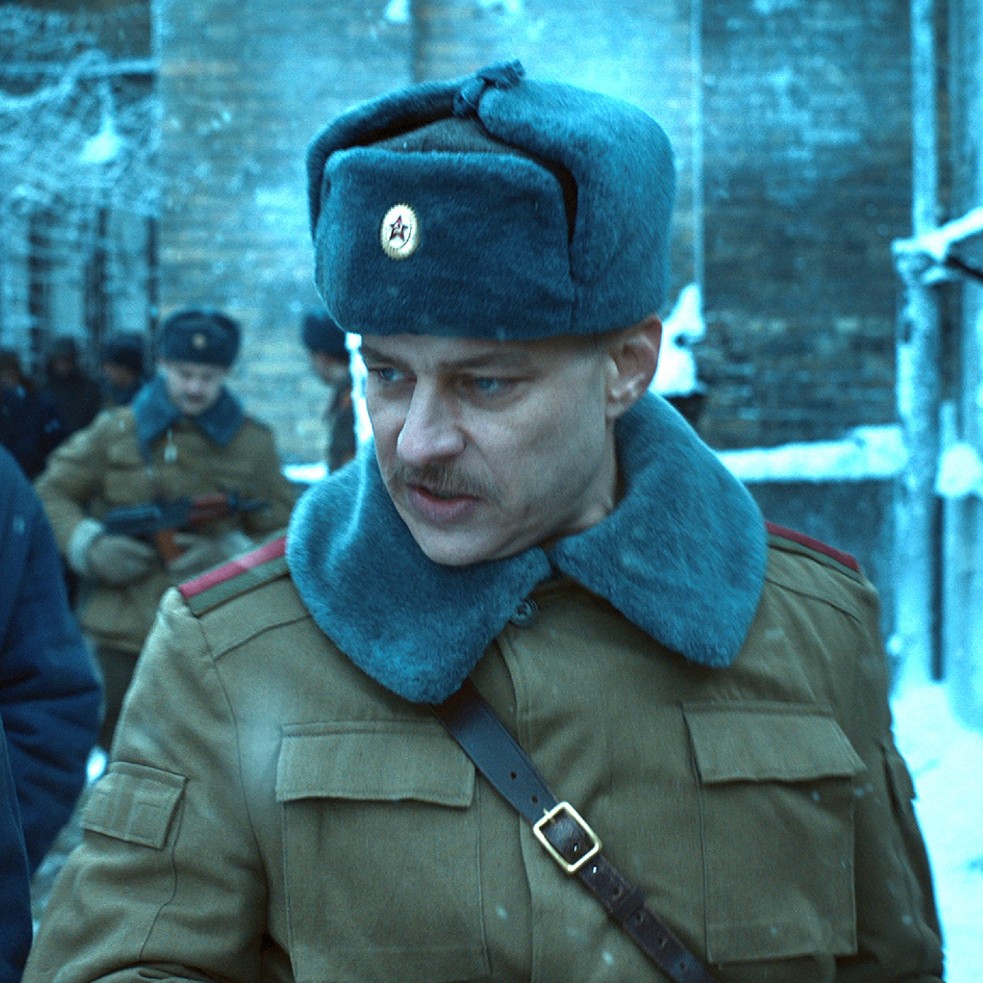
Who is Tom Wlaschiha, a.k.a. Enzo in 'Stranger Things'?
Features The actor behind the Russian prison guard is a 'Game of Thrones' alum.
By Quinci LeGardye Published
Features -

Maisie Williams Is Unrecognizable on the Met Gala Red Carpet
Wednesday Addams, but make it fashion.
By Katherine J. Igoe Published
-

Sophie Turner Addresses Kit Harington Making More Money Than She Does on 'Game of Thrones'
Sophie Turner discusses the fact that Kit Harington earns more than she does on Game of Thrones. The actress says she's fine with the disparity.
By Kayleigh Roberts Published
-

Kit Harington and Rose Leslie Are Expecting Their First Child
Game of Thrones actors Kit Harington and Rose Leslie are expecting their first child.
By Kayleigh Roberts Published
-
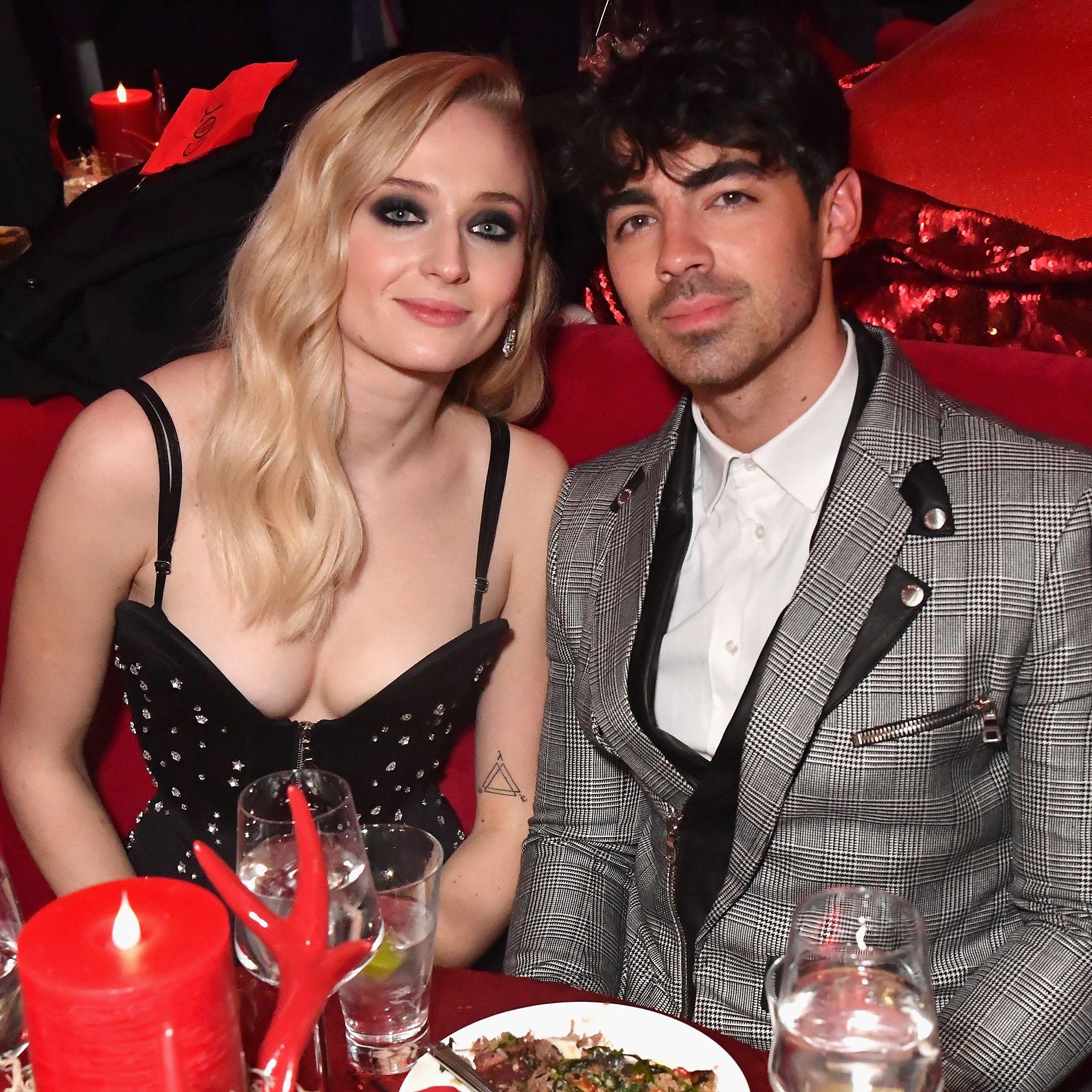
Sophie Turner and Joe Jonas Have Sansa's Throne From the 'Game of Thrones' Finale in Their House
Sophie Turner and Joe Jonas now own Sansa Stark's throne from the final episode of Game of Thrones, as Turner revealed on her Instagram Story.
By Emily Dixon Published
-

Sophie Turner and Joe Jonas' Baby Name, Willa, Has a 'Game of Thrones' Connection
Sophie Turner and Joe Jonas welcomed their first child, a girl named Willa, on July 22—and the name has a Game of Thrones connection.
By Emily Dixon Published
-

Netflix's 'Cursed' Will Fill That 'Game of Thrones' Void in Your Life
Summer is looking up!
By Bianca Rodriguez Published
-

56 Actors Who Were Replaced on Their Own TV Shows
Did the showrunners think we wouldn’t notice, or...?
By Mehera Bonner Published
-
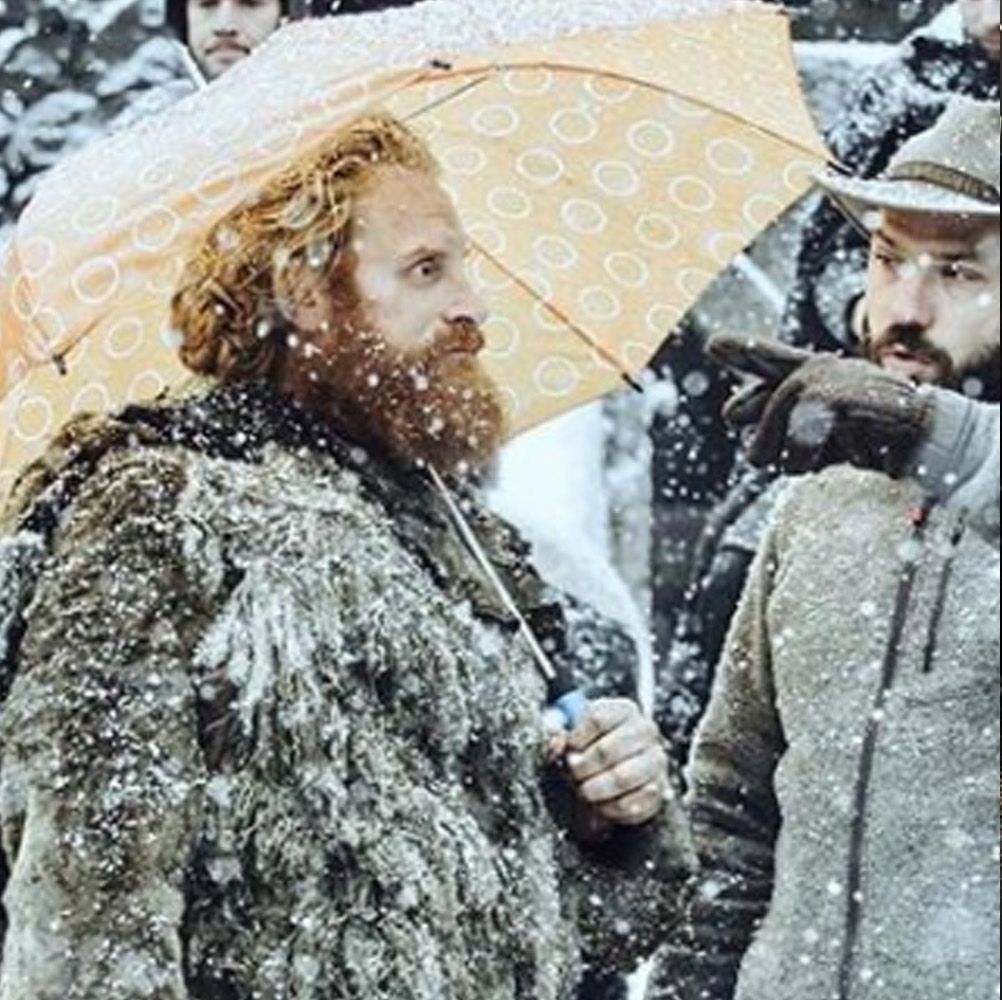
93 Behind-the-Scenes 'Game of Thrones' Pictures That Will Destroy the Magic for You
Warning, if you're a fan of 'Game of Thrones' these behind-the-scenes cast images could ruin the magic for you ahead of the April 14 season 8 premiere.
By Kayleigh Roberts Published
